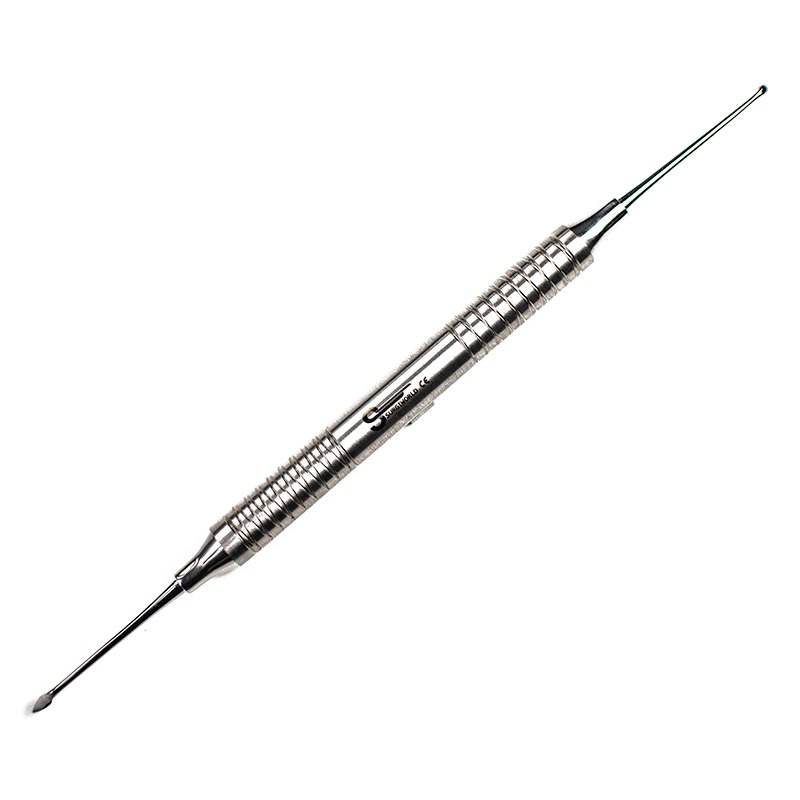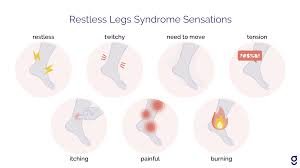Building muscle is not a sprint. Many eager individuals jump into bodybuilding expecting a quick fix, while successful bodybuilding trainers near Winnipeg MB know it takes time and a practical approach that boils down to intelligent planning. If you are ready to get much more robust and healthier without getting burnt out, this guide will guide you through the advice from the best bodybuilding trainers.
Start with a Plan of Bodybuilding Trainers near Winnipeg MB
Success begins with a proper plan. Coaches emphasize the importance of writing down clear goals before picking a single weight. Whether you are a novice or a seasoned athlete, you should have a plan to avoid useless work.
- Understand your beginning: Know your body shape, fitness, and eating habits.
- Set realistic goals. To maintain long-term development, aim to gain 1-2 pounds of muscle per month.
- Record: Use a journal or app to record the workouts and track the generated results over time.
Planning pays for keeping on track, and each workout in your exercise program should contribute to your long-term goals.
Nutrition: Fuel the Muscle
The fuel that burns the metal is as important as throwing iron. “When people take training classes, they often hear that they can eat pretty much everything in moderation, but a well-balanced diet is needed to replace and repair the muscles.”
This is a protein-starred plan, meaning you should aim for about 0.8–1 gram of protein per pound of body weight daily. Combine that with carbs and healthy fats for energy and overall wellness. Trainer-approved foods include chicken, fish, eggs, sweet potatoes, and avocados. The golden rule is to focus on whole foods. Avoid processed snacks and sugary drinks; they won’t fuel the gains.
Progressive Overload: The Secret to Strength
The next is to be able to lift heavier weights over time. Coaches call that “progressive overload.” It’s a technique that challenges your muscles, forcing them to grow stronger.
Start with weights that feel challenging but manageable. Once the body adapts to that, increase the weight or reps. But form matters more than numbers, as trainers often remind clients to “lift safely, not to overdo it.”.
A difference of only 5% more weight added every two weeks goes a long way for the newcomer. Moderate, steady increases are sustainable.
Rest and Recovery: Unsung Heroes of Muscle Growth
You grow your muscles as you rest, not as you exercise. Bodybuilding trainers near Winnipeg MB always emphasize recovery. At times, skipping rest days or getting inadequate sleep may halt your progress.
Why does recovery matter?
- Repair and growth of muscles take place while resting.
- Overtraining may lead to a higher chance of injuries.
- Sleeping allows the release of growth hormones.
Strive to get at least 7-8 hours of sleep each night. Taking at least one or two days off of physical training weekly is vital so your body can rest and recover.
The Compound Exercises Work
Compound exercises are the key to good muscle building. These involve your body in multiple movements simultaneously and, hence, help you become stronger faster.
Coaches often recommend these for long-term training.
- Squat: The legs, glutes, and a good core muscle spring to life.
- Deadlifts: Back, hamstrings, and grip strength.
- Bench Press: Ready for some chest, shoulder, and triceps building?
- Pull-ups: Muscle your back, biceps, and upper body.
Compound exercises torch more calories than their counterparts, which is why they are great for muscle-building and weight management.
The Real Game-Changer: Staying Consistent
Consistency is the backbone of bodybuilding. A show-me workout or ultra-strict diet will not benefit you, nor will it “love” you. Coaches often say, “Progress is made when you show up.”
Consistency does not equate to perfection. Stuff happens, and missing a workout or having an occasional cheat meal will only destroy some of your progress. You want to ensure you’re at this thing over weeks and months.
Here are some tips:
- Be realistic about your workout schedule. Start with 3–4 days per week.
- Prepare meals in advance to prevent unhealthy eating.
- Celebrate small victories to keep you motivated.
Fun fact: Some studies say that a new behavior takes 66 days to be consolidated. Eventually, healthy living will be second nature if you persevere long enough.
How Long Does It Take to See Results?
Generally, muscle gain is slow but satisfying. Coaches usually prepare newbies to be less supposing. You’ll feel stronger and more energetic in just a few weeks, though you won’t see much difference.
- 2–4 weeks: Notice improved strength and energy.
- 8–12 weeks: Start seeing visible muscle definition.
- Six months+: Significant changes in size and strength.
A paper published in the Journal of Strength and Conditioning Research discovered that those who start training seriously, with regular training and good nutrition, can predict around 10 pounds of muscle gain in just one year. Remember that everybody is unique; therefore, patience is essential.
Hydration: The Forgotten Solution to Mass Growth
Hydration doesn’t have to be one of the most thrilling topics, but it is crucial for muscle growth. Bodybuilding trainers near Winnipeg MB, always remind their clients that water not only quenches thirst but also prepares for workouts and recovery. Muscles are up to 75% water; slight dehydration affects performance and slows progress.
Hydration assists
- Increased energy for the workout.
- Transfers nutrients to muscles to repair and grow.
- It clears out waste and reduces soreness in the muscles.
Shoot for 8–10 cups of water daily, but boost it based on your activity level and the climate. If you are doing extensive workouts and sweating profusely, replenish the lost minerals with some added electrolytes. Ensure a water bottle is accessible so hydration becomes as easy as taking your vitamins.
Dehydration can cause fatigue and cramping, which can curtail a workout. Hydrate first; you will be amazed by the effectiveness in endurance, recovery, and overall results. Sometimes, the simplest habits are indeed the most effective!
Role of Flexibility and Stretching in Muscle Health
Flexibility and stretching are usually less recognized but have to be a part of maintaining muscle gain. Coaches recommend including such stretches after every workout to encourage mobility, help prevent injuries and peak performance.
Stretching serves:
- Increases blood flow into the muscles, contributing toward recovery
- It helps improve the motion range of the joint. This could prevent or reduce stiffness
- It helps prevent too much tension that can cause imbalances or injuries.
Dynamic stretches, like leg swings or arm circles, are perfect for stretching muscles before a workout. However, it would help if you also did static stretches during the post-workout period. You hold each for 20–30 seconds, releasing the muscle tension.
Remarkable fact: The more flexible your muscles are, the more power they can generate, thus doing more with your lifts. Stretching also supports posture, helping you avoid aches and pains that disrupt training.
By prioritizing flexibility over muscle mass, you are dedicating yourself to long-term health and performance within your muscles. And while stronger, unique, flexible, injury-free muscles are even better.
Final Thoughts
Balancing it all for sustainable muscle growth involves planning, eating well, training smart, and resting your body. Bodybuilding trainers near Winnipeg MB will tell you there’s no quick fix; success comes from steady effort and commitment.
So, lace on those shoes, pick up those weights and remember that every rep brings you closer to your goals. Sustainable growth isn’t about building muscle but a stronger you. Happy lifting!
















Leave a Reply